Endless Forms Most Beautiful
2012 Darwin Week Art Competition
Amy Cross announcing the winners of the 2012 Darwin Week Art
Competition.
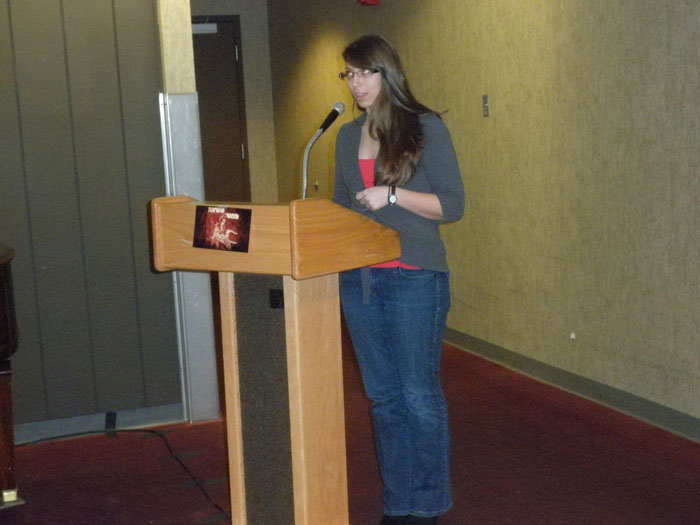
Some of the artists and audience members at the event.
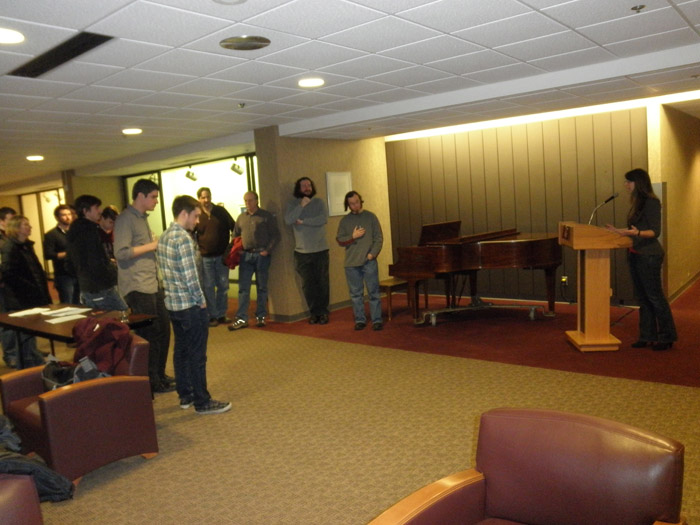
Erin Palmer (left) and Amy Cross (right). Erin, along with Jane Geisler-Lee and Dan Nickrent were judges this year for the Art Contest.
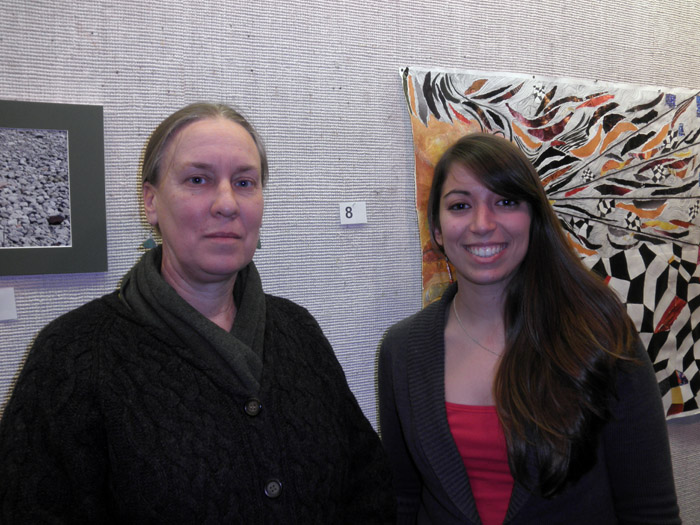
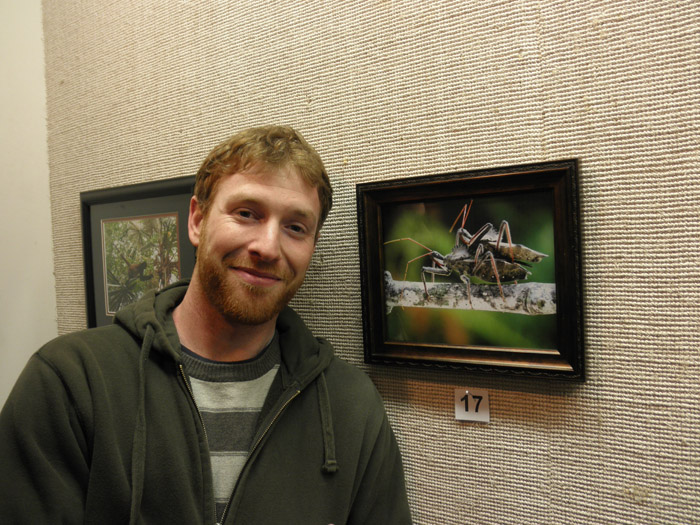 |
1st place: Mr. and Mrs. Smith by Tyler
Hallman Wheel bugs (Arilus cristatus) are members of the assassin bug family and are identified by the cog shaped pronotal armor on their backs. Among the largest true bugs in North America, Arilus cristatus preys on soft bodied insects and have highly developed mouth parts to do so. Their elongated heads end in a three segmented rostrum that they use to pierce their prey and inject a mixture of enzymes that digest the prey from the inside out, a liquefied food source that is then ingested. Here you can see the rostra of both individuals curved below their heads. The spiracles responsible for gas exchange are also clearly visible along the abdomen of each individual. Their hard exoskeleton and cryptic coloration provide protection from potential predators. In this photograph, a smaller male attaches to the larger female's back in preparation for mating. |
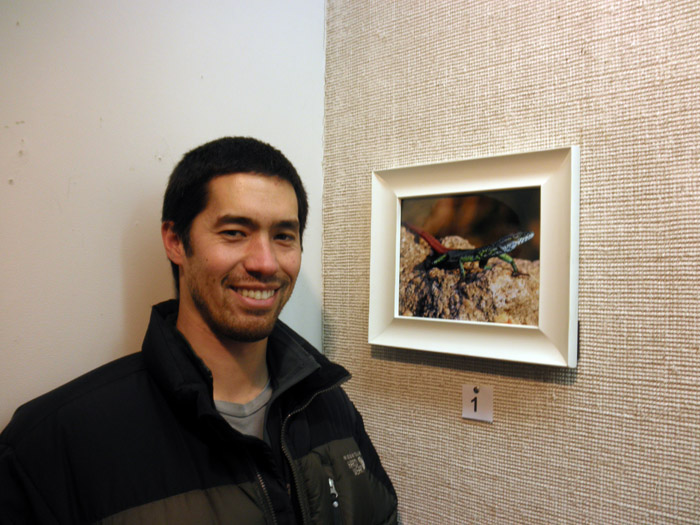 |
2nd place: Sekukhune flat lizard (Platysaurus
orientalis) - Blyde River Canyon (South Africa) by Justin
Shew The flat lizards belong to the largest group of lizards, called the Scincomorpha, also known as skinks and their relatives. These lizards occur in southern Africa and are highly adapted to their unique habitat. Their extremely flat body and head allow them to escape many predators, such as the rock kestrel, by retreating into tiny rock crevices. During possible predatory events, these lizards will wedge themselves into cracks, making them virtually impossible for any predator to extract. Also, flat lizards have the ability to drop their brightly colored tails to escape predation. Their flattened body, wide profile, and low center of gravity allow them to effectively maneuver through steep rocky areas in pursuit of insect prey. |
 |
3rd place: All Thumbs by Hattie Phillips My piece is called, "All Thumbs." It's a graphite drawing measuring about 5 by 8 inches. It's a satirical look at our current cultures infatuation with technological advances (particularly media based) and a possible adaptation we might undergo so we can become better fitted to a future in them. |
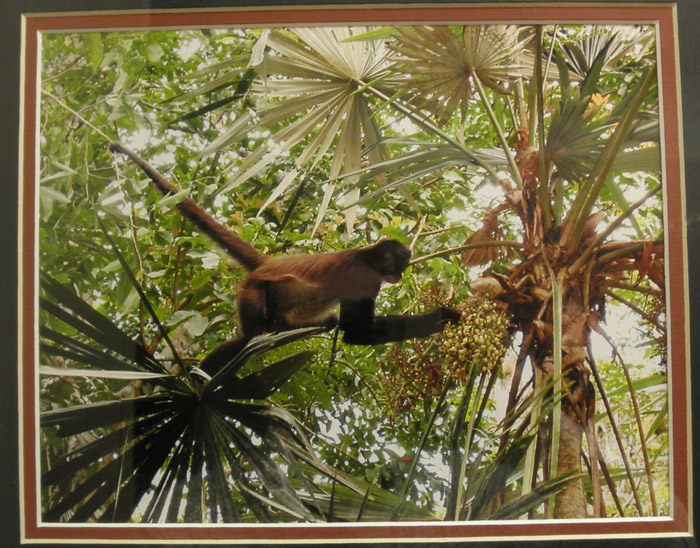 |
Honorable Mention: Out of Reach by Rachael
Urbanek Adapted for life in the trees, this spider monkey (Ateles geoffroyi) is capable of reaching fruit that many other animals could not normally obtain. The monkey's prehensile tail and long limbs are key adaptations to an arboreal lifestyle and brachiation. What is not intuitively seen in this picture is this particular spider monkey's adaptation to the presence and disturbance of humans. This picture was shot in Tikal, Guatemala, which used to be a rich urban Mayan epicenter and now is a major tourist attraction. Although spider monkeys require large tracts of undisturbed forests, they appear to be adapting slowly to the presence of humans. |
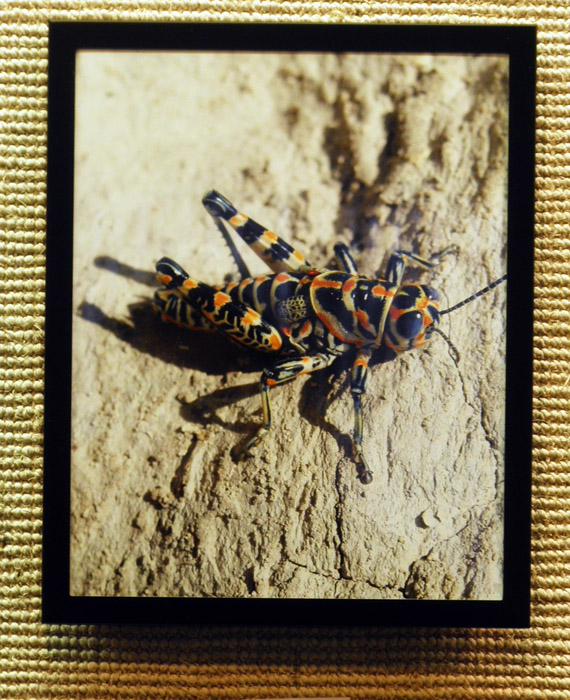 |
Honorable Mention: Ground-dweller by Warren
Hanson Harsh ecosystems such as the Kansas prairie provide a difficult environment for organisms to survive. Strong winds and high temperatures are only two forces that provide a hazardous landscape for small insects. For many grasshoppers, large wings are needed to escape predation and move quickly to different environments, but this may increase their desiccation rates and their visibility to predators. Painted grasshoppers (Dactylotum bicolor) do not rely on these life strategies for survival, as they mostly feed on low-growing forbs and grasses. Dactylotum bicolor has adapted by developing vestigial wings, or wings that no longer serve their original purpose. Demonstrated in the picture is a painted grasshopper with these vestigial wings. This reduced wing structure would indicate that this organism is better suited to ground-dwelling or climbing. When this picture was taken I noticed several grasshoppers with large wings dead in the area, but every painted grasshopper observed was alive and healthy. |